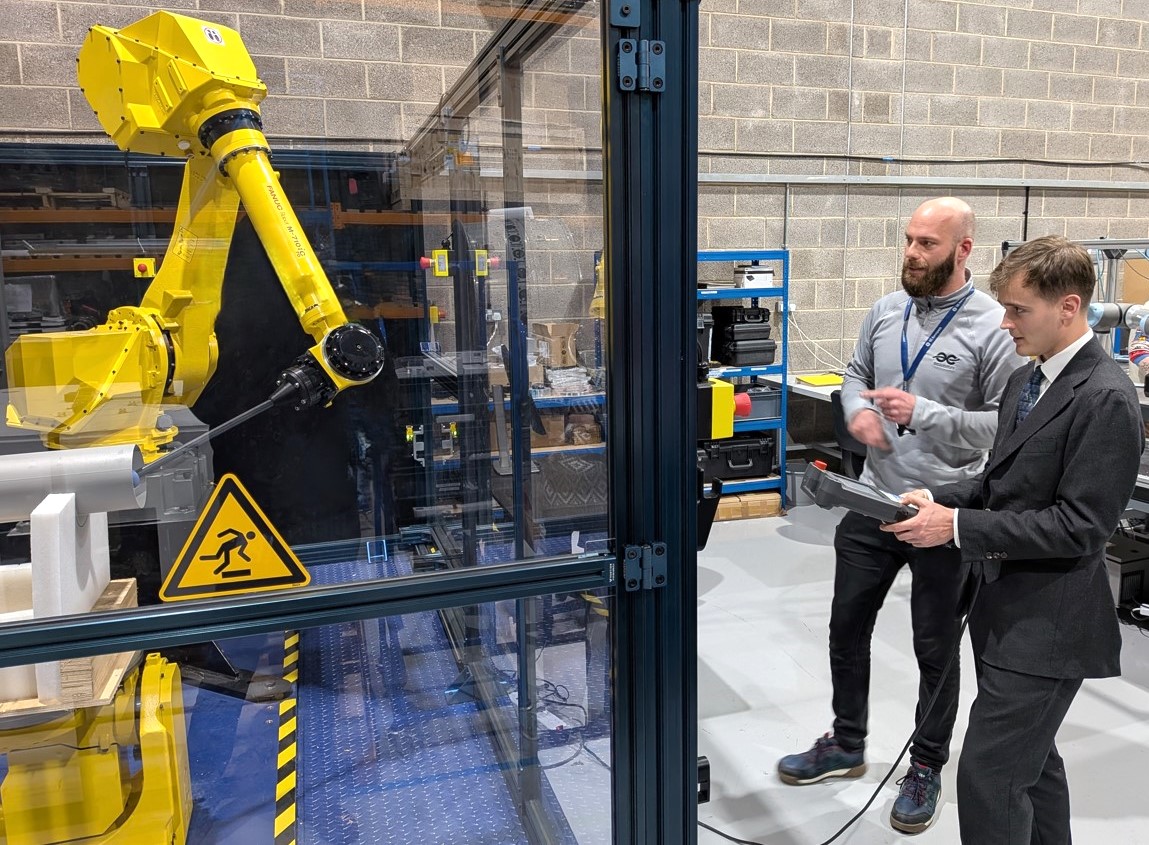NAV CANADA to install time-based spacing system at Toronto

The project will see air traffic service provider NAV CANADA working with NATS – its UK counterpart – and the technology firm Leidos, to deploy the time-based spacing system already in use at London’s Heathrow Airport.
Intelligent Approach – developed jointly by NATS and Leidos - works by dynamically calculating the optimum time between arriving aircraft based on their type and the prevailing weather conditions. This allows airports to maintain runway capacity in strong headwinds by safely reducing the space between arrivals when the use of set distances would otherwise result in a reduced landing rate.
Data is downloaded direct from the aircraft to determine accurate real-time wind conditions. This is used together with the latest separation standards to calculate the optimum spacing between arrivals, which is then translated into dynamic markers shown on the air traffic controller’s radar screen. The markers provide controllers with indications of wake vortex and runway separation and help improve the consistency of spacing in all weather conditions.
Rudy Kellar, Executive Vice President, Service Delivery, said: “We’re pleased to be able to introduce time-based separation using this proven technology into the Toronto Pearson Airport to help improve safe, consistent air traffic throughput in adverse conditions. This system is one of several significant collaborative initiatives in progress at Toronto that will enhance operational efficiency and capacity in step with increasing traffic demands.”
Intelligent Approach was first introduced at Heathrow Airport in 2015. Today it allows for over two additional landings per-hour in normal conditions and up to four in strong headwinds, offering valuable operational resilience that helps ensure the airport can deliver to plan and airlines can keep to schedule.
Guy Adams, NATS Commercial Director, said: “Intelligent Approach has been making a huge difference to the Heathrow operation for four years now, helping to cut headwinds delays by more than 60% and improve airport punctuality, so we are delighted to see our friends at NAV CANADA adopting the same technology. I’m certain it will deliver similar benefits for the Toronto operation and is another example of the success of our partnership orientated approach, this time working closely with Leidos.”
Karen Drake, Portfolio Director, Transportation, Leidos UK, added: “With air passenger numbers set to double in the next two decades, the onus is on leaders in technology and transport to come up with solutions to support this growth. Intelligent Approach does exactly this, in truly innovative fashion, and we are thrilled to see NAV CANADA embrace the new system and look forward to seeing them reap the benefits.”
Further refinements to Intelligent Approach are planned by NATS and Leidos to help airports improve their operational resilience and tactical capacity.
The next step will see the introduction of ‘Pairwise Separation’, where every pair of aircraft types will have its own separation standard as opposed to the six categories used today at Heathrow and optimising the gaps between arrivals and departures at single runway airports.












